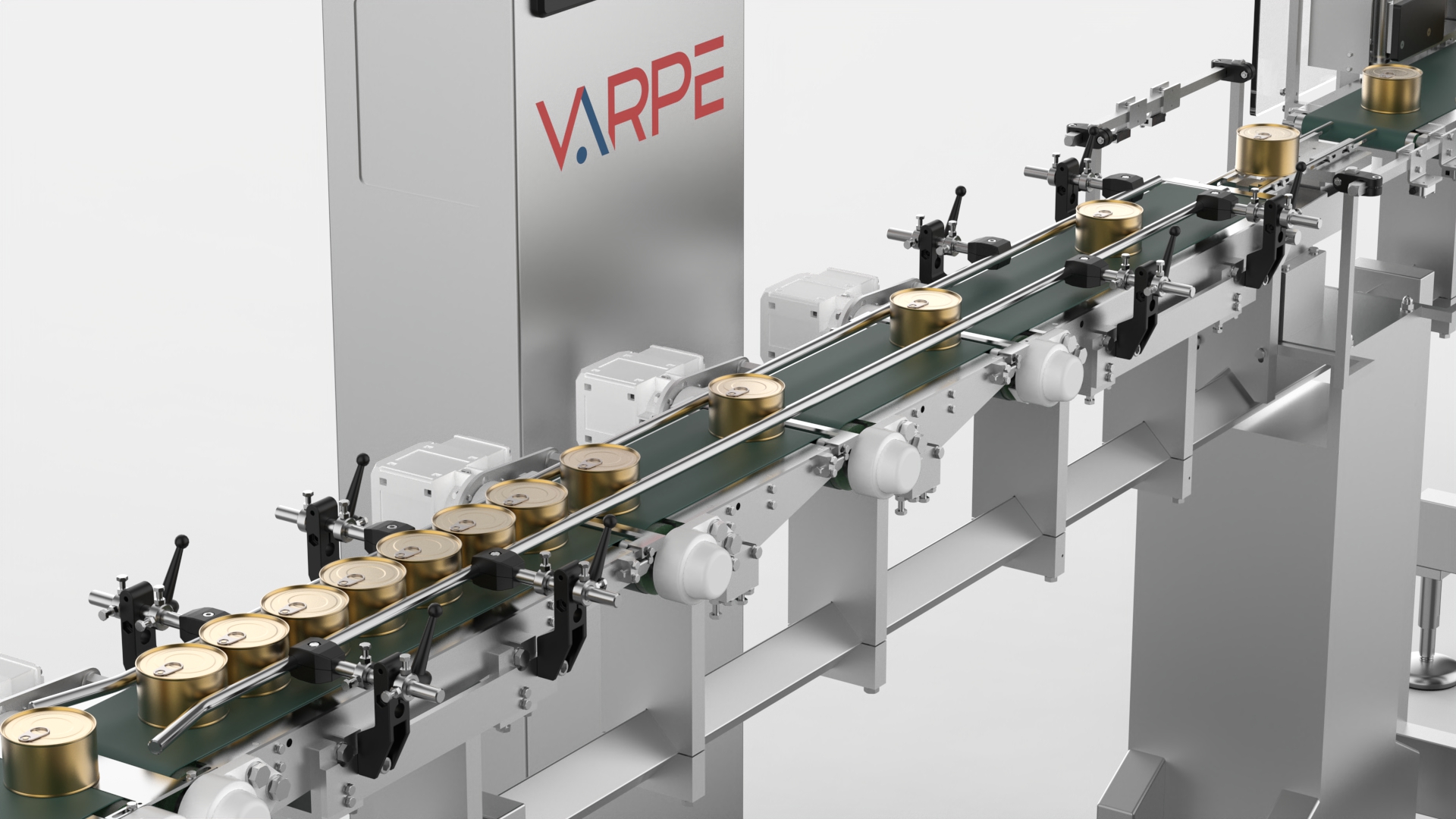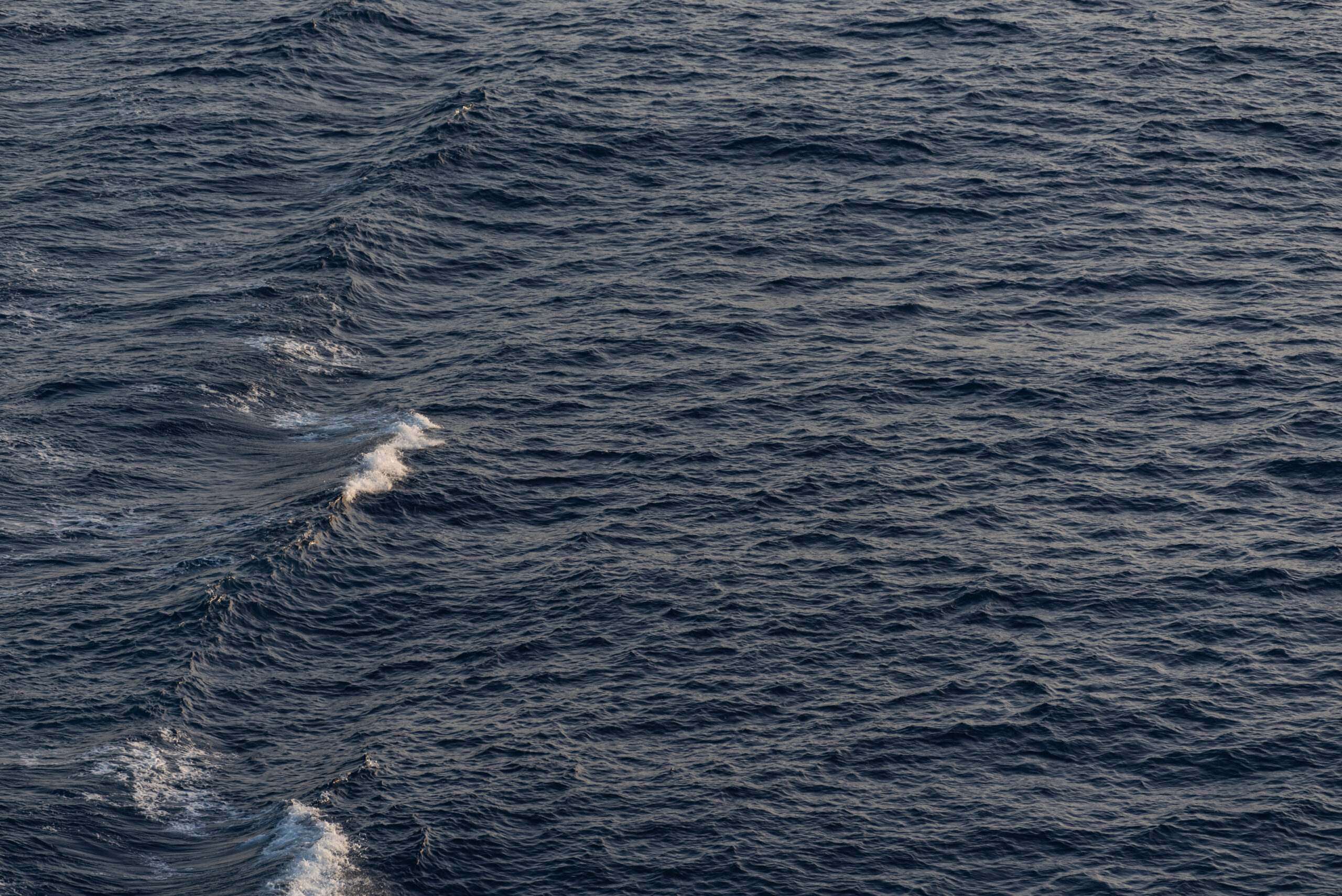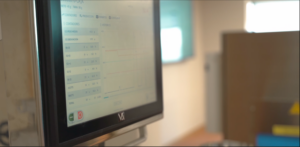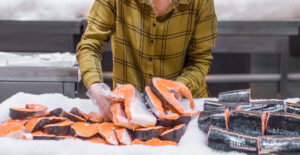Fish quality control is much more than a simple protocol; it is a guarantee of safety, taste and nutrition for consumers.
But what does this process actually entail? Let's look at it in detail.
But what does this process actually entail? Let's look at it in detail.








